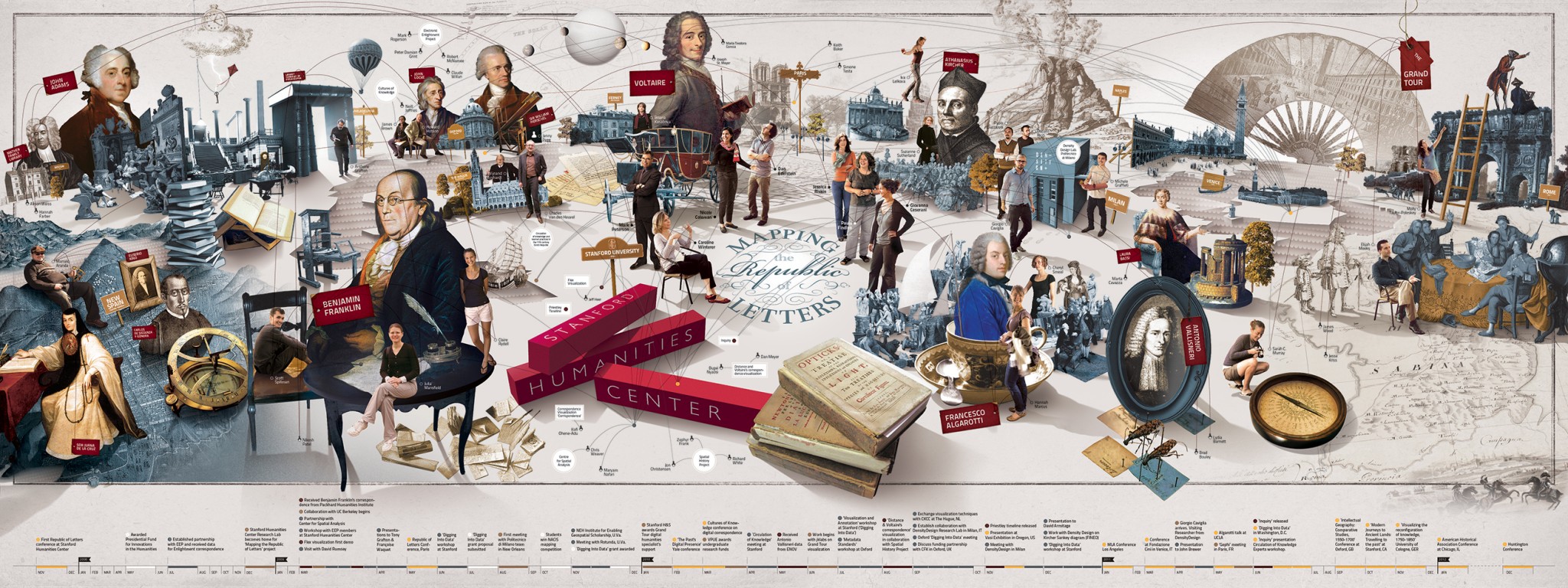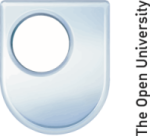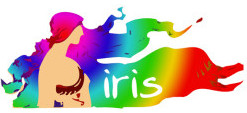Tools and Platforms
Kate Byrne (University of Edinburgh)
Geoparsing and spatial network analysis in the GAP projects
This talk describes the spatial analysis of textual resources based on the results of two phases of a Google-funded project: Google Ancient Places (GAP) establishes the means of discovering and visualizing ancient place-names in texts, while the Geographic Annotation Platform (GAP2) extends the data capture to any text.
Before spatial relationships can be examined, the first task is to identify the places mentioned in the text. To do this, the Edinburgh Geoparser, developed for identifying English place-names in texts, was adapted to extract ancient places. Geoparsing has two steps: geotagging, which uses a Natural Language Processing pipeline to identify named entities (places); and georesolution, which selects candidate places from a suitable gazetteer and attempts to match them so that they can be plotted on a map. Using the ancient world gazetteer Pleiades, the GAP team increased its scope by supplementing its record with alternative names from Geonames.
The second part of the talk discusses GAP’s approach to visualizing places in relation to both their topography and their textual context. On the basis that clear visualization is a major factor in a platform’s utility for students and researchers, the team designed and built the GapVis web interface for presenting the results. Particular attention is paid to the frequency count and distribution across the entire text for each placename and their co-occurrence, from which a rudimentary network can be generated.
Kate’s talk Kate’s slides
Giorgio Uboldi (Design Department, Politecnico di Milano)
Knot: an Interface for the Study of Social Networks in the Humanities
This talk discusses Knot, a digital tool for exploring historical social networks, developed within a multidisciplinary research context involving designers (DensityDesign Research Lab, Politecnico di Milano), humanities scholars (The Mapping the Republic of Letters Initiative, Stanford Humanities Center) and computer scientists (Sébastien Heymann, LIP6, CNRS, Université Pierre et Marie Curie, Paris).
The adoption of digital tools and visualization has become fundamental to modern humanities studies but, while natural and social sciences have a long tradition with these technologies, humanities scholars face the scenario where well-established research methods and practices are not well integrated. The main reason for this is the lack of digital tools designed specifically for humanities studies.
The goal of our tool is to provide scholars and researchers with an environment for exploring the multi-dimensional and heterogeneous data, using the Mapping the Republic of Letters project as a case study. Our tool enables researchers to discover and create explicit and implicit relationships between people, places and events of the early modern period.
What distinguishes our approach from traditional network analysis is a shift in attention through the visual interface to the active construction of a or several network graphs, rather than a reliance on the static observation of the end product, which is often a ‘spaghetti monster’ when seen in its entirety. Knot also aims at exploring new opportunities for interface and information design within the definition of novel research practices in the humanities, bringing together humanistic, design and computer-science communities.
Giorgio’s talk Giorgio’s slides
Image taken from http://republicofletters.stanford.edu/.







